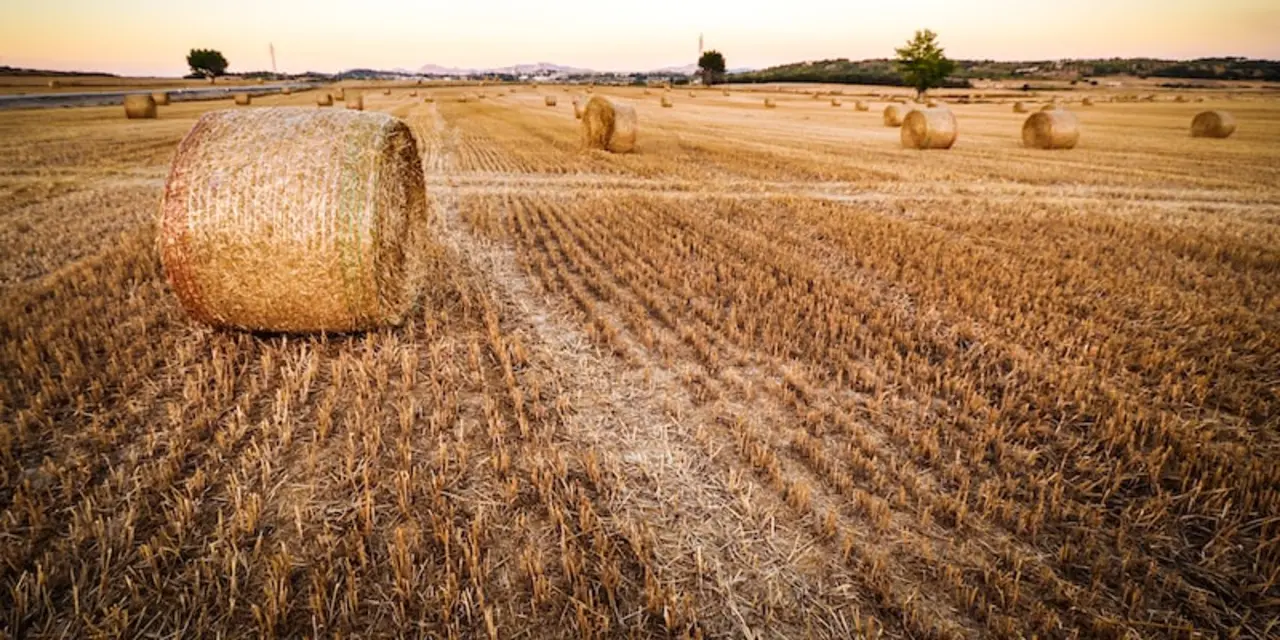Exploring Lowland Agriculture: The Benefits and Challenges of Growing Crops in Lowland Areas
Lowland agriculture is the practice of growing crops in lowland areas. Lowland areas are characterized by wet, marshy conditions and often have higher levels of humidity than other parts of the world. Lowland agriculture is often associated with rice production and other similar crops, but it can also be used to grow vegetables, fruits, and other crops as well.
One of the main benefits of lowland agriculture is that it is relatively easy to set up and manage. Lowland areas are usually flat and have ample amounts of water, making them ideal for growing crops. Additionally, lowland areas are often more affordable than other agricultural areas. This can be beneficial for small-scale farmers who are just getting started.
Despite the benefits of lowland agriculture, there are also a number of challenges that come with it. The main challenge is the high levels of humidity. This can cause crops to rot or become diseased, resulting in crop losses. Additionally, the wet conditions can make it difficult to work the land, as it is often too soft or boggy. Finally, lowland areas are often prone to flooding, which can cause significant crop damage.
In order to overcome these challenges, farmers must take steps to limit their exposure to potential risks. This includes utilizing raised beds or terraces to reduce the chances of flooding, using appropriate crop rotation to prevent soil depletion, and using drainage systems to manage water levels. Additionally, farmers should also invest in appropriate farming equipment and seek advice from agricultural experts in order to maximize their crop yields.
Lowland agriculture can be a rewarding and profitable endeavor for farmers. Despite the challenges that come with it, the benefits of lowland agriculture make it a viable option for those looking to maximize their crop yields. By taking the necessary steps to mitigate potential risks, farmers can reap the rewards of lowland agriculture.
Utilizing Lowland Agriculture to Maximize Crop Yields and Improve Agricultural Sustainability
Lowland agriculture is the practice of cultivating crops in areas that are low-lying and relatively flat. It is an important agricultural method used worldwide in areas such as the Middle East, North Africa, South America, and Southeast Asia. Lowland agriculture is used to maximize crop yields and improve agricultural sustainability in areas where the soil is not suitable for more traditional forms of agriculture.
Lowland agriculture requires farmers to make use of specialized techniques in order to make the most of the soil. These techniques include terracing, water management, soil conservation, and crop rotation. By terracing, farmers can maximize the amount of land available for planting by creating small, raised platforms for planting. This also helps to reduce soil erosion. Water management is also important for lowland agriculture, as it can be used to irrigate crops and prevent waterlogging. Soil conservation is another important factor in lowland agriculture, as it helps to reduce the loss of fertility. Finally, crop rotation can help to improve soil fertility and reduce the risk of pests and diseases.
In addition to the techniques mentioned above, lowland agriculture also relies on the use of specialized equipment. Farmers use tractors, plows, harrows, and other tools to till the soil and prepare it for planting. Fertilizers and pesticides are also used to help maximize crop yields and protect crops from pests and diseases. Lowland agriculture also relies on the use of irrigation systems to provide the necessary water for crops.
Lowland agriculture has many advantages over more traditional forms of agriculture. It is more productive and efficient, and can produce higher yields with less effort. Additionally, it requires less water and fertilizer than other forms of agriculture, making it more sustainable and cost-effective. Finally, lowland agriculture is less susceptible to pests and diseases than traditional farming methods.
Lowland agriculture is a highly productive and sustainable form of agriculture. It is used worldwide to maximize crop yields and improve agricultural sustainability. By using specialized techniques and equipment, farmers can make the most of the soil and produce higher yields with less effort. Lowland agriculture is a great option for farmers looking to maximize their crop yields and improve their agricultural sustainability.
